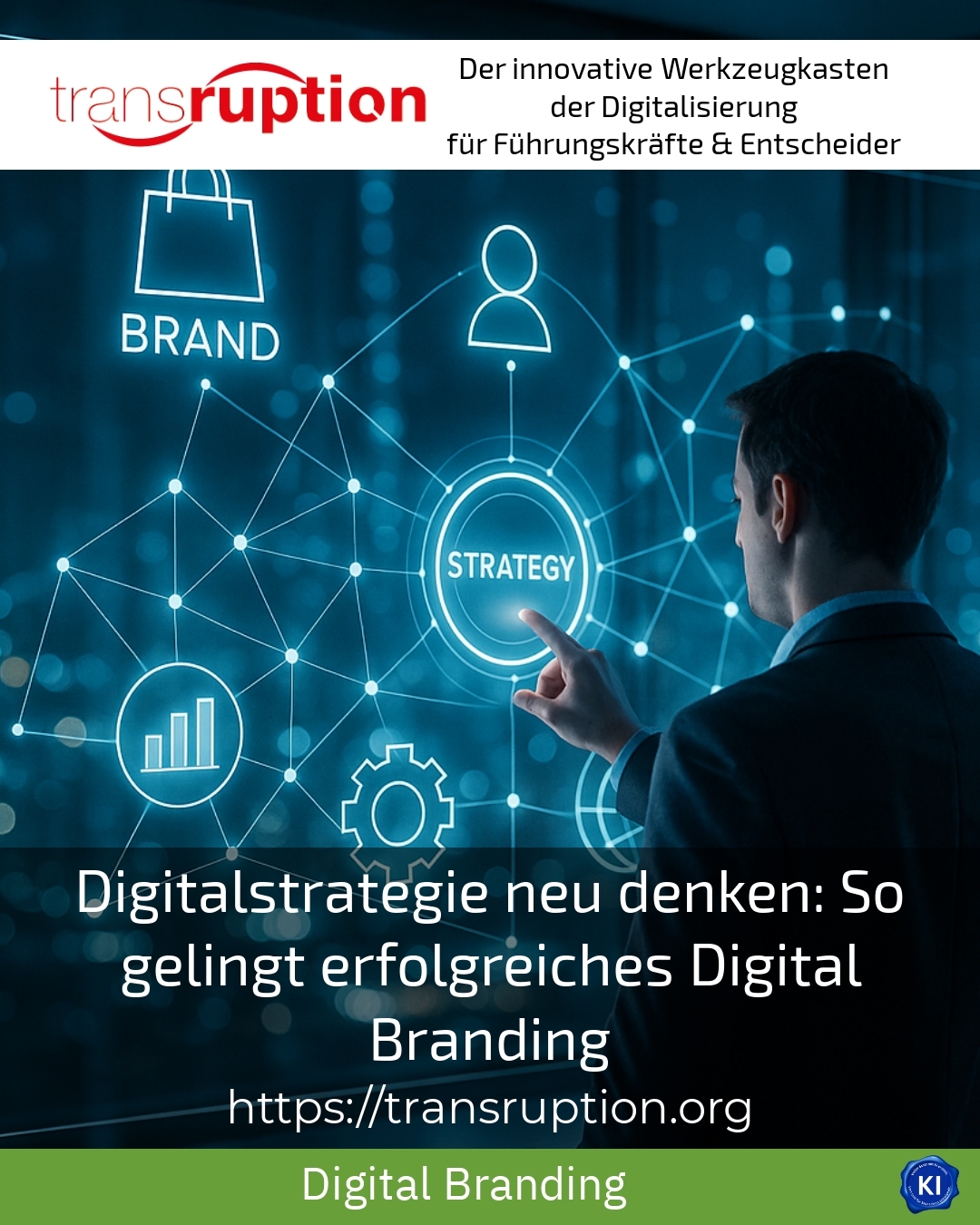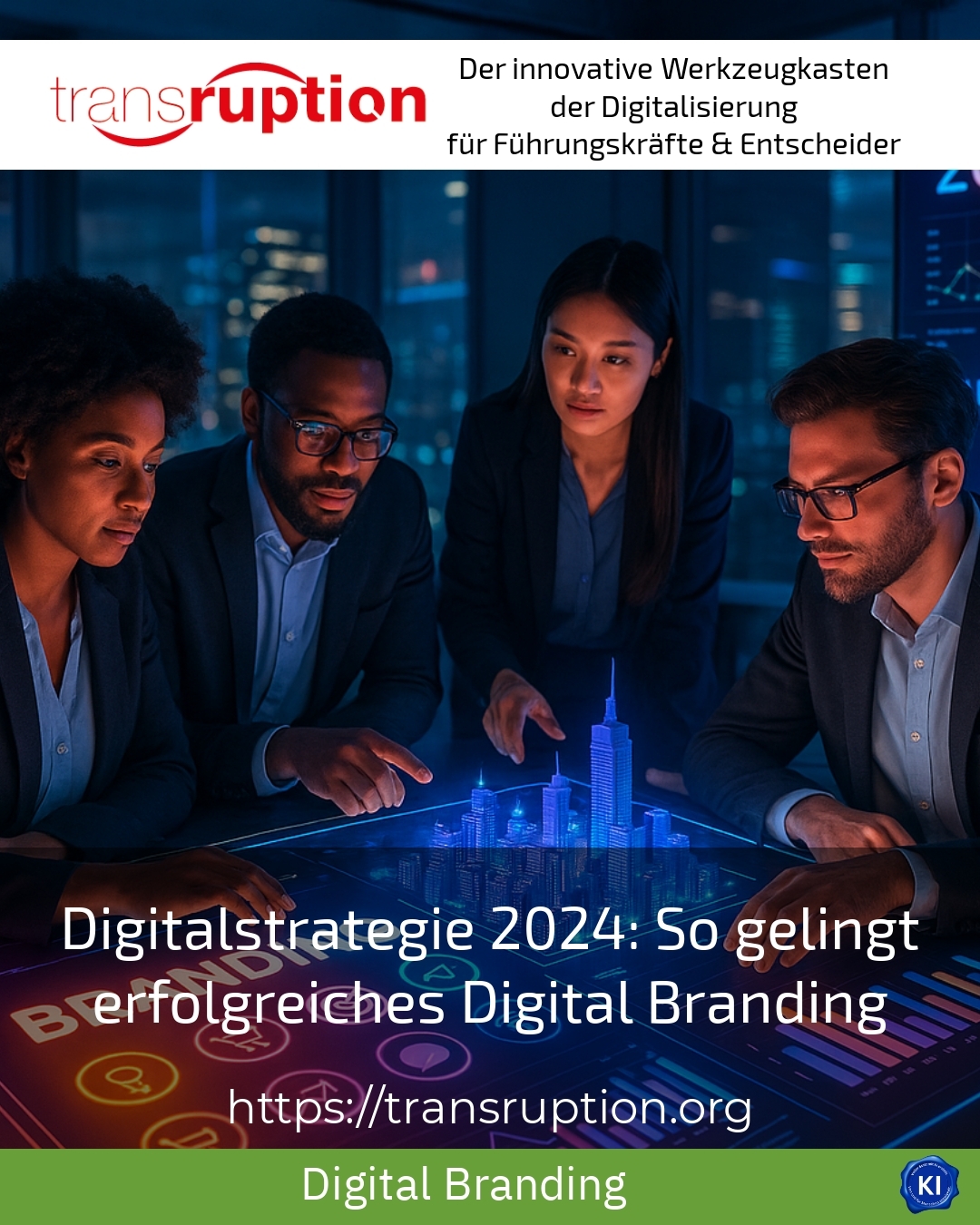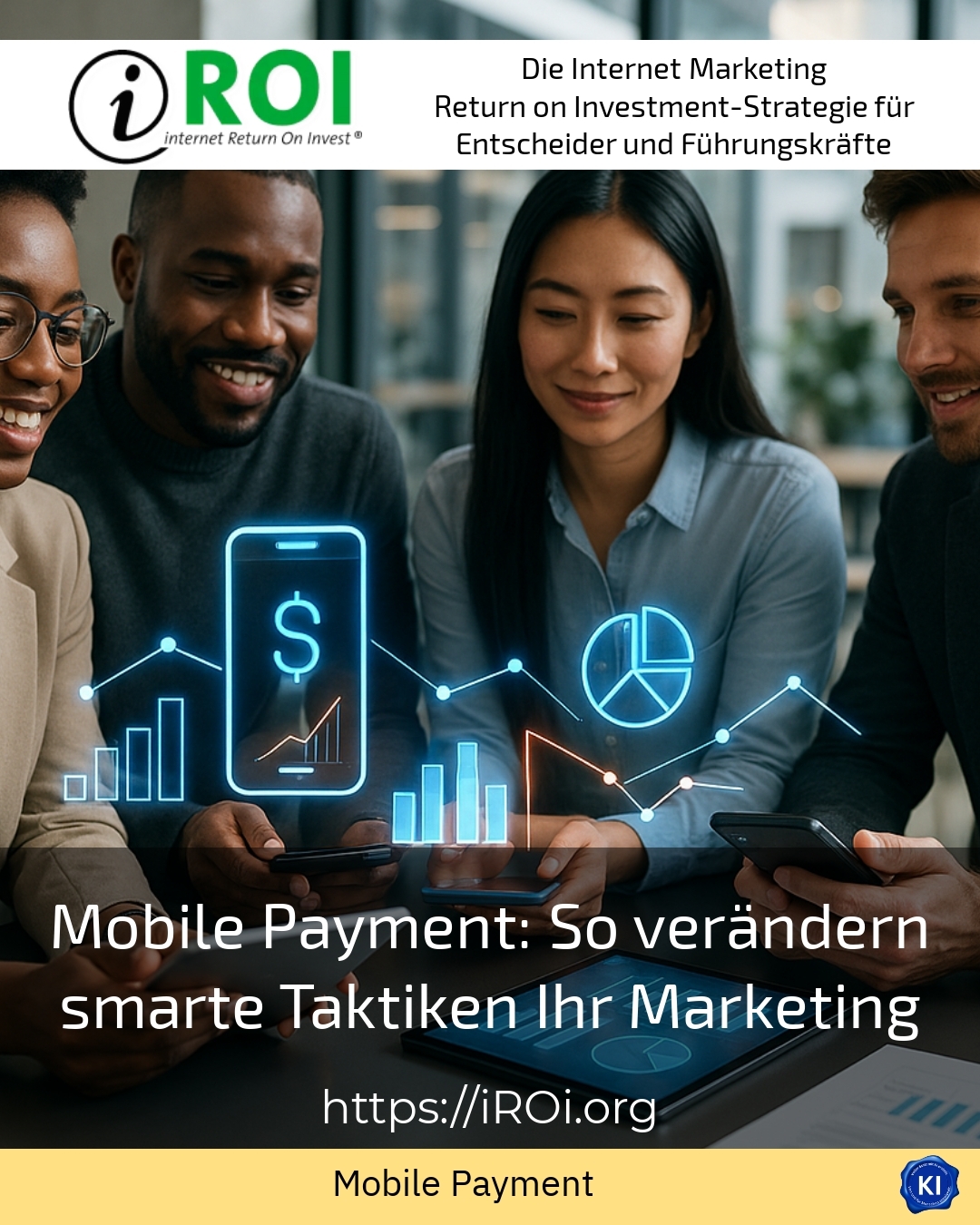Mobile payment: how smart tactics can change your marketing
Mobile payment is becoming increasingly important because more and more customers want to pay with their smartphone. Companies that offer this payment method not only benefit from faster and more convenient transactions. Mobile payment also supports innovative marketing strategies that promote customer loyalty and sales.
Mobile payment as an opportunity for modern marketing approaches
The integration of mobile payment opens up a wide range of opportunities for companies to respond more flexibly to the needs of their customers. One example is retailers who use mobile payment not only to optimise the purchasing process, but also to send personalised offers directly to the customer's smartphone. This allows loyalty programmes to be implemented and customer data to be used for targeted campaigns.
For example, supermarkets and restaurants often offer digital coupons that are automatically redeemed when paying via mobile systems. Car-sharing and e-scooter providers also use mobile payment to offer their customers uncomplicated payment options that facilitate access to their services.
In public transport, mobile payment enables tickets to be purchased directly via smartphone, which shortens waiting times and significantly increases convenience for commuters. Mobile payment is therefore used to improve the customer experience and increase efficiency in customer communication.
BEST PRACTICE with one customer (name hidden due to NDA contract)
BEST PRACTICE at a retail company: The company integrated mobile payment into its checkout structure and combined the payment system with a digital loyalty programme. After making a purchase, customers received personalised product recommendations via app push notifications. This significantly increased customer loyalty and boosted sales.
Technological diversity and its marketing impact
Mobile payment utilises various technologies, each of which offers particular advantages. NFC-based payments enable fast contactless transactions, which makes the payment process in retail efficient. QR code-based payments are flexible as they do not require NFC support and are well suited to small and medium-sized retailers.
These technical differences are important for marketing teams who are carefully considering how to integrate mobile payment into their customer projects. An online portal that offers QR code payments can also draw attention to discount campaigns that are controlled via the same app. This allows companies to link payment with targeted advertising measures.
In another example, restaurants have introduced NFC-enabled terminals to accept mobile payments. This reduces waiting times and allows staff to use customer data for feedback and follow-up offers, which increases satisfaction and creates cross-selling opportunities.
BEST PRACTICE with one customer (name hidden due to NDA contract)
BEST PRACTICE in a catering business: The introduction of NFC-based mobile payment led to faster processing at the checkout. At the same time, the integrated loyalty system allowed customers to collect bonus points directly when paying, which encouraged the use of the app. This was perceived as very practical by customers and significantly improved customer loyalty.
Marketing strategies through mobile payment: practice and tips
Marketing professionals can use mobile payment as a door opener for new strategies by creating seamless purchasing experiences and implementing personalised customer targeting at the same time. It makes sense, for example, to welcome new customers with a first-time buyer discount through mobile payments.
Retailers should also ensure that mobile payment is linked to bonus programmes and push notifications. This allows them to advertise short-term sales promotions or seasonal offers in a targeted manner. The analysed purchasing behaviour provides valuable data that can be used to optimise campaigns on an ongoing basis.
Strategic partnerships with other providers are also particularly relevant. In shopping centres or with delivery services, additional services can be offered via mobile payment, e.g. the collection of loyalty points from various partners. This promotes customer loyalty beyond the pure act of payment.
BEST PRACTICE with one customer (name hidden due to NDA contract)
BEST PRACTICE with a service provider in the catchment area: By working with a regional delivery service, mobile payments were combined with a joint loyalty programme. Customers received exclusive discounts for both providers when using the mobile payment app. This link increased the frequency of use of the app and generated additional sales.
Mobile payment as a driver for omnichannel marketing
Another strength of mobile payment lies in the simple integration of online and offline sales channels. Customers can pay in bricks-and-mortar stores with the same wallet that they use in e-commerce. This link enhances the purchasing experience and makes campaigns more consistent across all channels.
For example, printed catalogues or advertising can be linked to QR codes that lead to online offers and enable direct payment. This reduces the inhibition threshold for impulse purchases. By analysing usage data, retailers can also send customised follow-ups in the form of email or push campaigns.
This approach is also successful in the leisure and culture sector: tickets are purchased online and paid for on the move. Events can be promoted via targeted advertising in the app, which improves capacity utilisation and increases customer loyalty.
BEST PRACTICE with one customer (name hidden due to NDA contract)
BEST PRACTICE for a cultural event organiser: Mobile payment was integrated into the ticket app. Individual recommendations for other events were displayed when paying. This made it possible to encourage multiple bookings and increase customer satisfaction. The direct link between purchase and advertising enabled better event planning.
My analysis
Mobile payment is changing the marketing world forever. With smart tactics through mobile payment, companies can intensify their customer relationships and tap into new sales potential. Practical examples from the retail, catering and service sectors show how mobile payment simplifies processes and simultaneously strengthens marketing measures.
The combination of technological advantages, personalised campaigns and omnichannel strategies helps companies to strengthen their position in an increasingly digitalised market. iROI-Coaching accompanies and supports companies in these mobile payment projects with individual impulses and solutions.
Further links from the text above:
Mobile payment in Germany: is cashless payment ... [1]
Mobile marketing examples and trends | netgrade [2]
Mobile payment: success factors that lead to greater acceptance ... [3]
Mobile payment: definition, examples, methods [4]
Mobile payment in Germany: Let's skip this ... [5]
Mobile payment [8]
The „cards“ are being reshuffled! Mobile payment as a ... [9]
For more information and if you have any questions, please contact Contact us or read more blog posts on the topic internet Return on Investment - Marketing here.
















